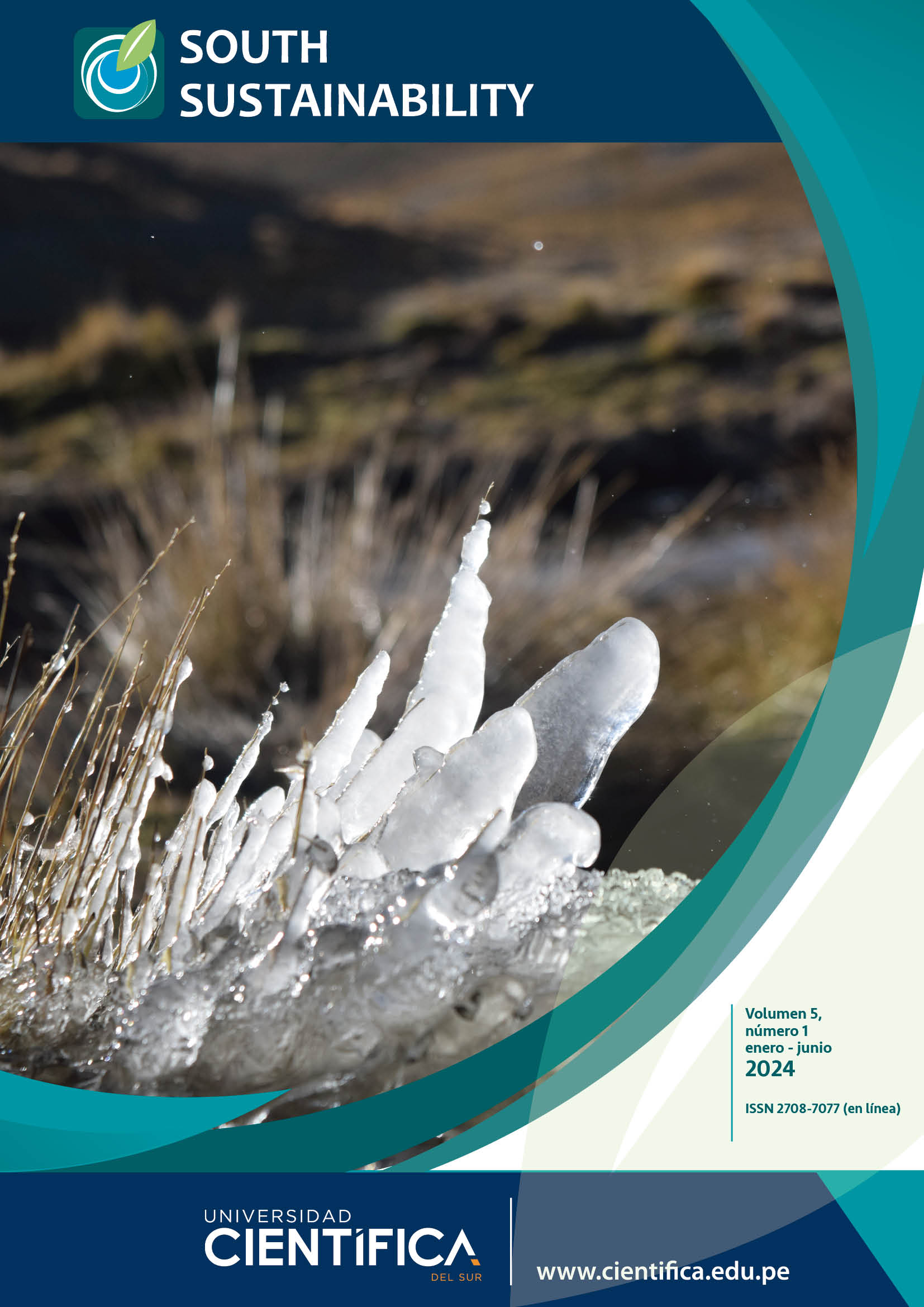Methods to determine enzymatic activity in contaminated soils
DOI:
https://doi.org/10.21142/SS-0501-2024-e092Keywords:
soils, bioremediation, remediation enzymes, soil polluantAbstract
Soil is impacted by a range of anthropogenic activities, such as mining, agriculture and livestock, with the resulting contamination negatively affecting biodiversity and food security. Enzymatic activity constitutes one of the most important indicators of the state of soil, and it also enables the conducting of bioremediation and restoration processes, without generating waste. In this context, the aim of this research was to analyze the bibliographic information available on the main methods for determining enzymatic activity in contaminated soils, on the Scielo, Redalyc, Google Scholar and Dialnet portals. For this work, we selected four fundamental enzymes. Urease, one of the enzymes involved in the nitrogen cycle, in addition to participating in carbon hydrolysis, is determined by the method described by Tabatabai and Bremner. β-glucosidases act in the hydrolysis of carbohydrates and are considered indicators of metabolism; the method applied is colorimetry. Phosphatases are responsible for the hydrolysis of esters for the availability of microorganisms and are determined using the spectrophotometric method. Finally, catalases serve as an indicator of aerobic microbial activity, and they are determined using the Johnson and Temple method. These methods, which are widely used and provide valuable information on enzymatic activity in soil, also have certain limitations, due mainly to the influence of environmental factors. This suggests the need for further research, in order to surmount current limitations and achieve greater precision in the measurement of enzymatic activity in contaminated soils.
Downloads
Published
Issue
Section
License
Copyright (c) 2024 Armando Jesus Edilberto Velez Azañero, Maricielo Alejandra Vera Riega, Sayda Valdez Chávez, Danely Karem Martínez Caja, Fiorela Daniela Cutipa Gutierrez

This work is licensed under a Creative Commons Attribution 4.0 International License.













